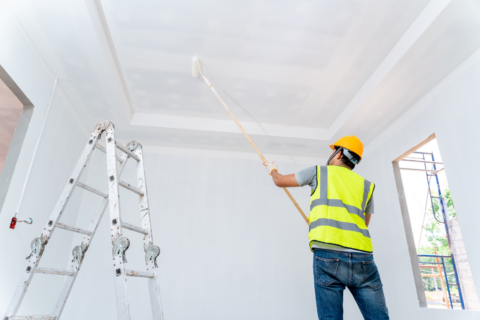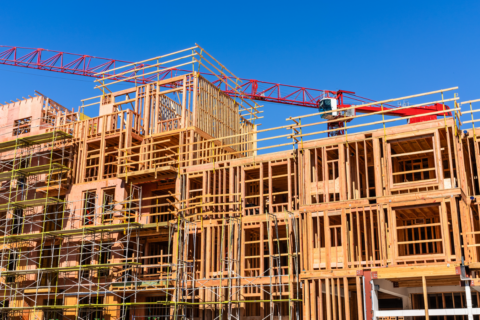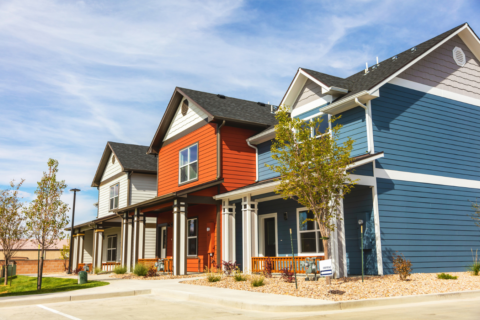Roughly 27% of adults in the United States live with a disability. Individuals with a disability often struggle, like many today, to find adequate, accessible housing at affordable prices. This affordability problem is exacerbated by the frequent challenge that housing units that have been built accessible or undergone renovations to become accessible typically are more expensive than their non-accessible counterparts.
Under the Americans with Disabilities Act, passed in 1990, an individual with a disability is “a person who has a physical or mental impairment that substantially limits one or more major life activity.” Prior to the passage of the ADA, the first major step toward supporting individuals with disabilities in housing came in 1988 when individuals with disabilities were first included as a protected class in the Fair Housing Act. Both bills made strides regarding general accessibility; the ADA mandates accessible accommodations in shared spaces, and the Fair Housing Act requires that housing units have certain features that make them adaptable for individuals with disabilities. However, many individuals with disabilities continue to experience difficulties finding adequate housing in today’s market.
Two main defining characteristics of today’s housing landscape for individuals with disabilities are a shortage of housing supply and landlord discrimination. In short, individuals with disabilities are having trouble finding potentially suitable units in cities, and even when they can find available units, they often face discrimination, being overtly turned away or subtly steered elsewhere to avoid being required to make further accessibility renovations. According to the 2022 Fair Housing Trends Report, discrimination based on disability accounted for more than half of the fair housing complaints filed in that calendar year.
What are Cities Doing to Address these Issues?
Alameda, California
The City of Alameda has taken the step of mandating a “universal” design by passing its “Universal Design” ordinance. Initially proposed in 2017, the “Universal Design” ordinance applies to all new Alameda developments with more than five units and requires 100% of newly constructed units to be universally “visitable” by all and 30% to be universally habitable. This legislation mandates that 100% of these newly constructed units will have to have living spaces and one bathroom that are universally accessible, and 30% of new construction units will also be required to have a universally accessible kitchen, bedroom, and laundry area on the ground floor. This work in Alameda helps both to increase the supply of accessible housing for individuals with disabilities in the city, as well as protecting against potential landlord discrimination, as universal units require fewer alterations for a broader range of disabilities.
Chicago, Illinois
The City of Chicago has taken the critical step of subsidizing the modifications of accessible units for residents with disabilities who also qualify as low-income. Through this HomeMod program, the City of Chicago partners with licensed home remodeling companies to work either with landlords or directly with tenants who are also low income to build ramps, porches and stairlifts, roll-in showers, widened doorways, accessible sinks, and cabinets, and other accommodations..
Pittsburgh, Pennsylvania
The City of Pittsburgh has taken the step of establishing a Disability Compliance Office. This office serves the purpose of helping individuals with disabilities who are also either elderly or low-income access housing programs and services. For example, if an individual with a disability requires an accommodation such as an accessible feature, the Disability Compliance Office will work with the Housing Authority of the City of Pittsburgh (HACP) to provide features that meet certain requirements.
What’s Next for Cities?
As cities, towns and villages think about how they help their residents with disabilities access adequate, affordable housing, examples from fellow municipalities provide some ideas to consider:
- Consider a“Universal Housing Design” ordinance so that individuals can access more of a city’s housing stock without necessitating costly renovations after construction.
- Increase subsidization of housing modifications for individuals with disabilities, especially those who are also elderly or low-income.
- Improve auditing systems so developers and landlords engaging in discriminatory practices against individuals with disabilities are identified and the city can take action.
- Expand public access to information on accessible housing units so that they are easier to find for potential tenants with disabilities.









